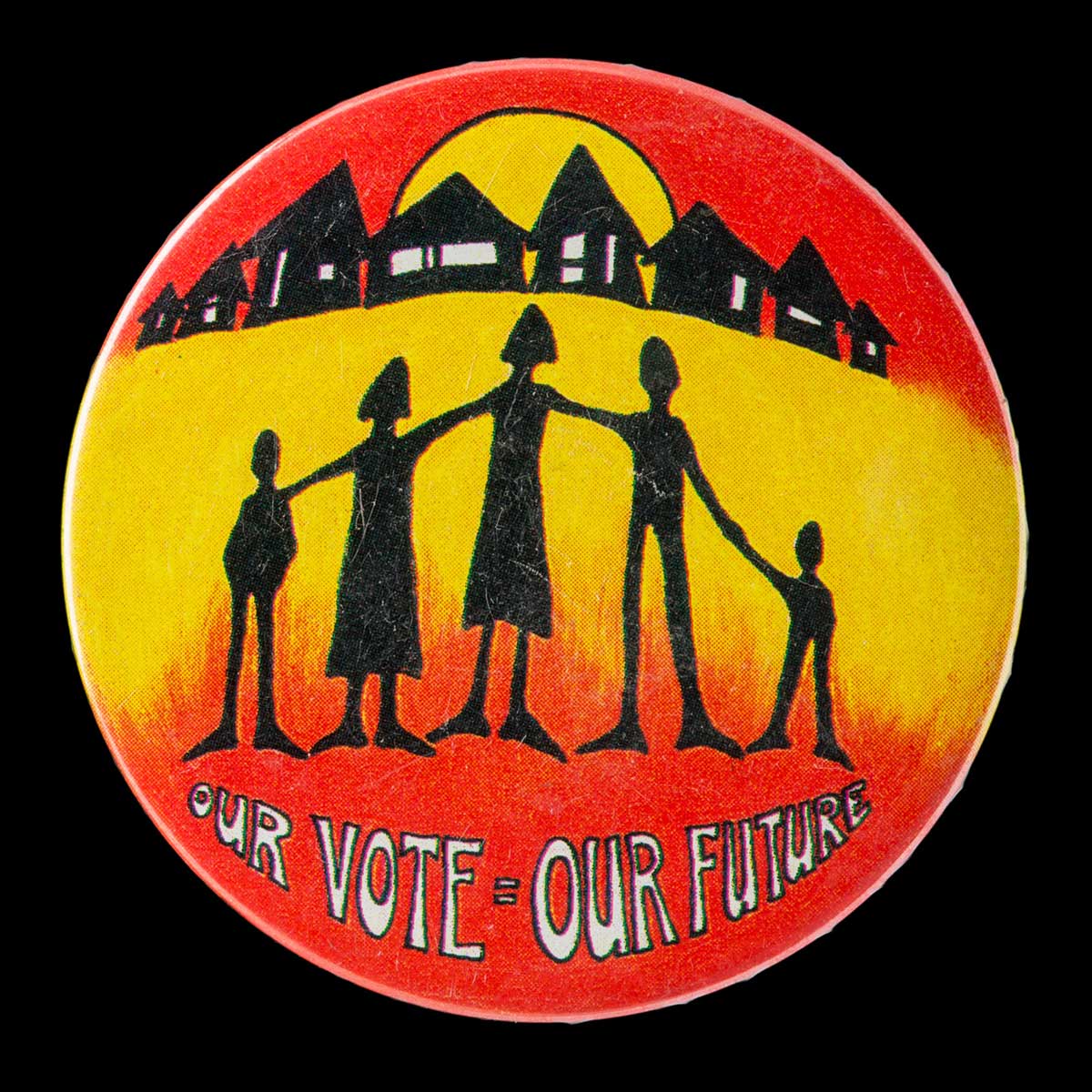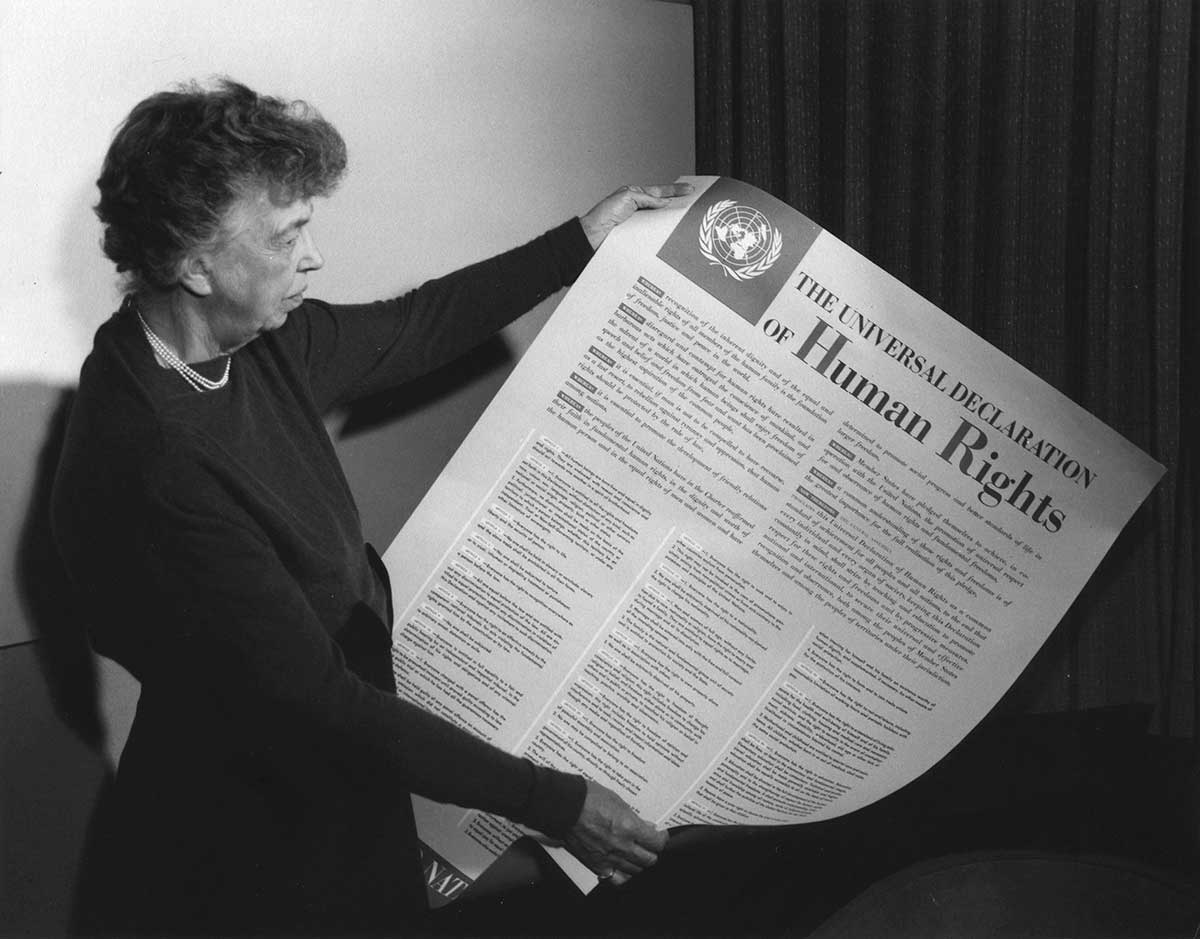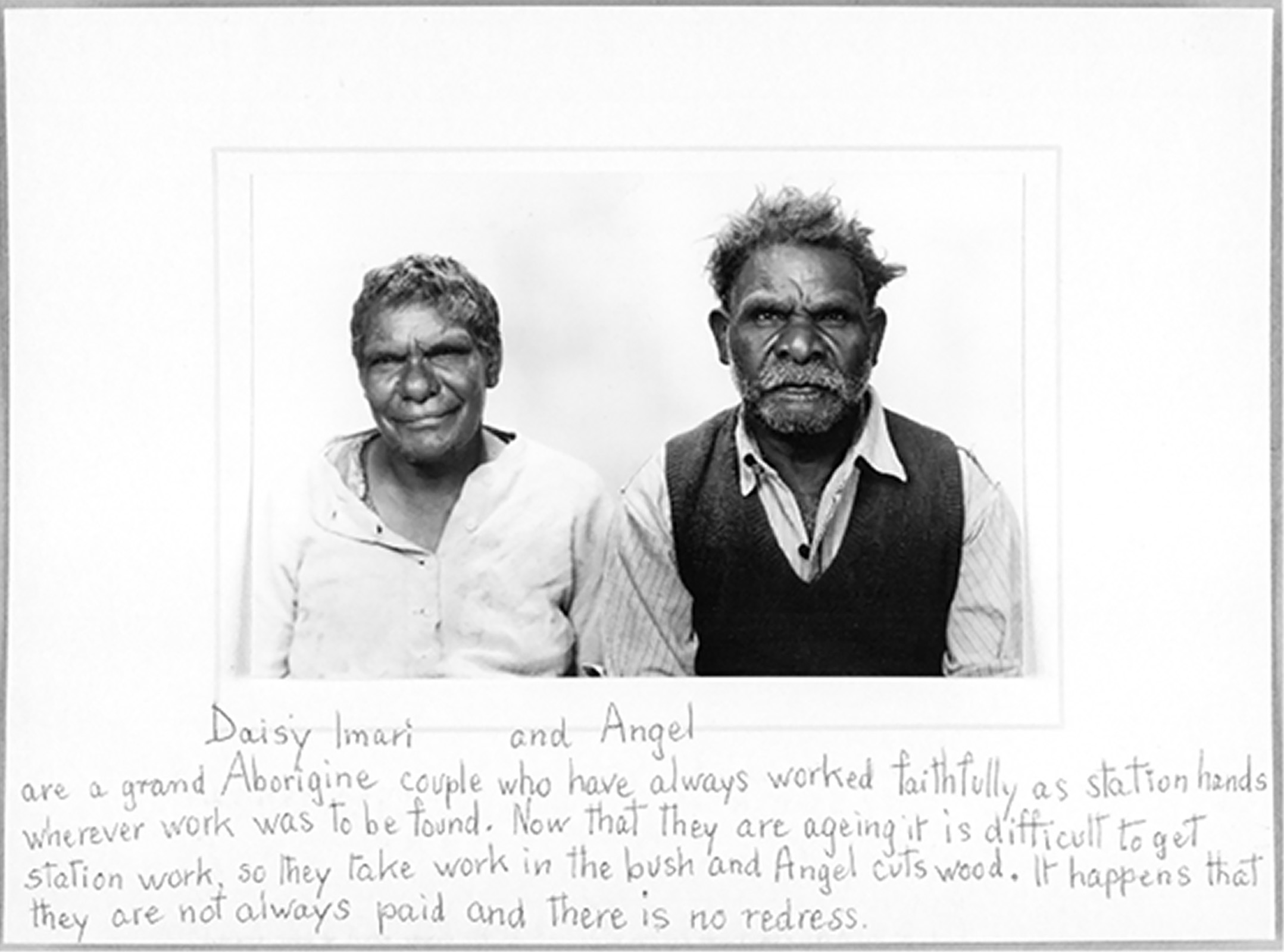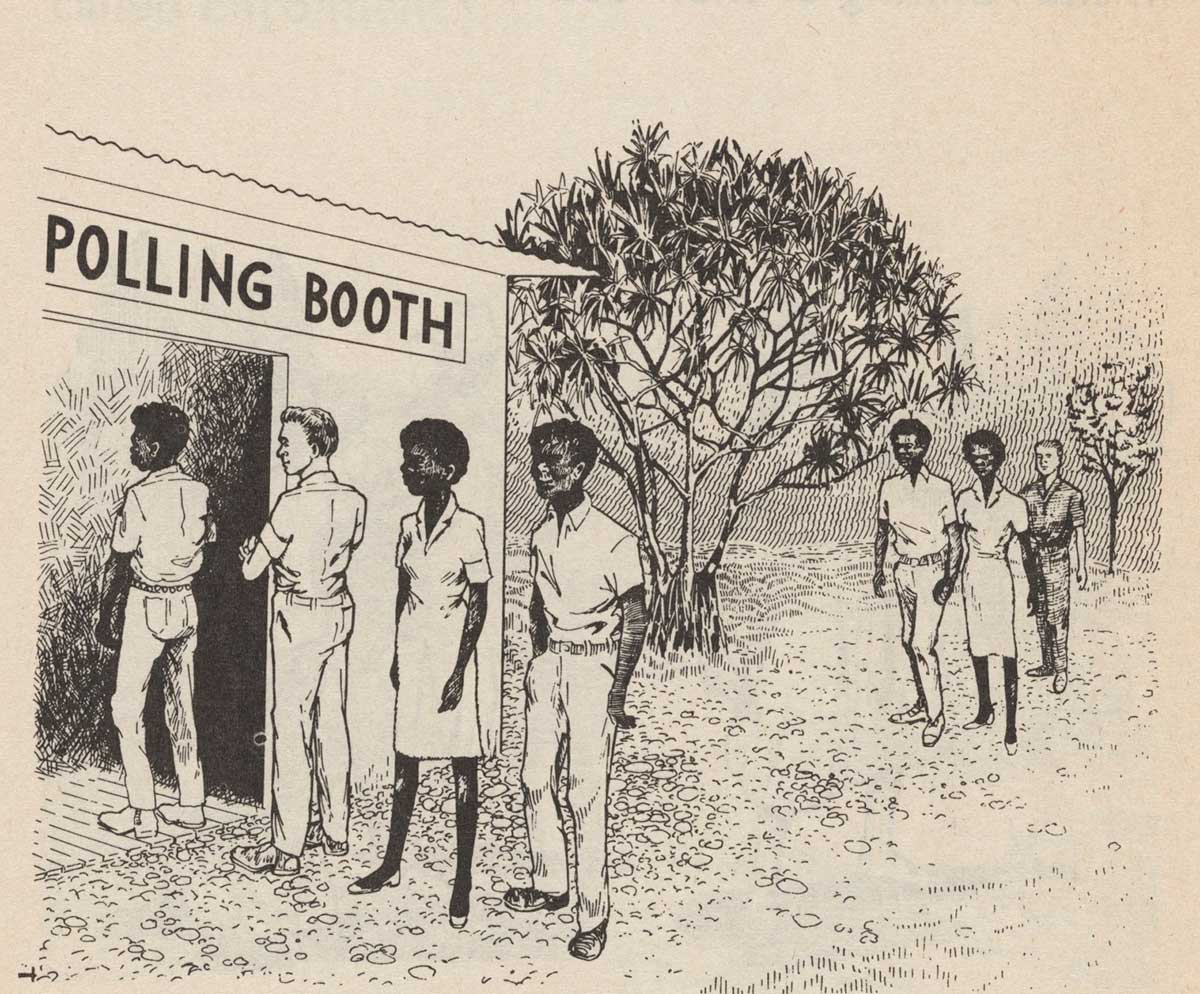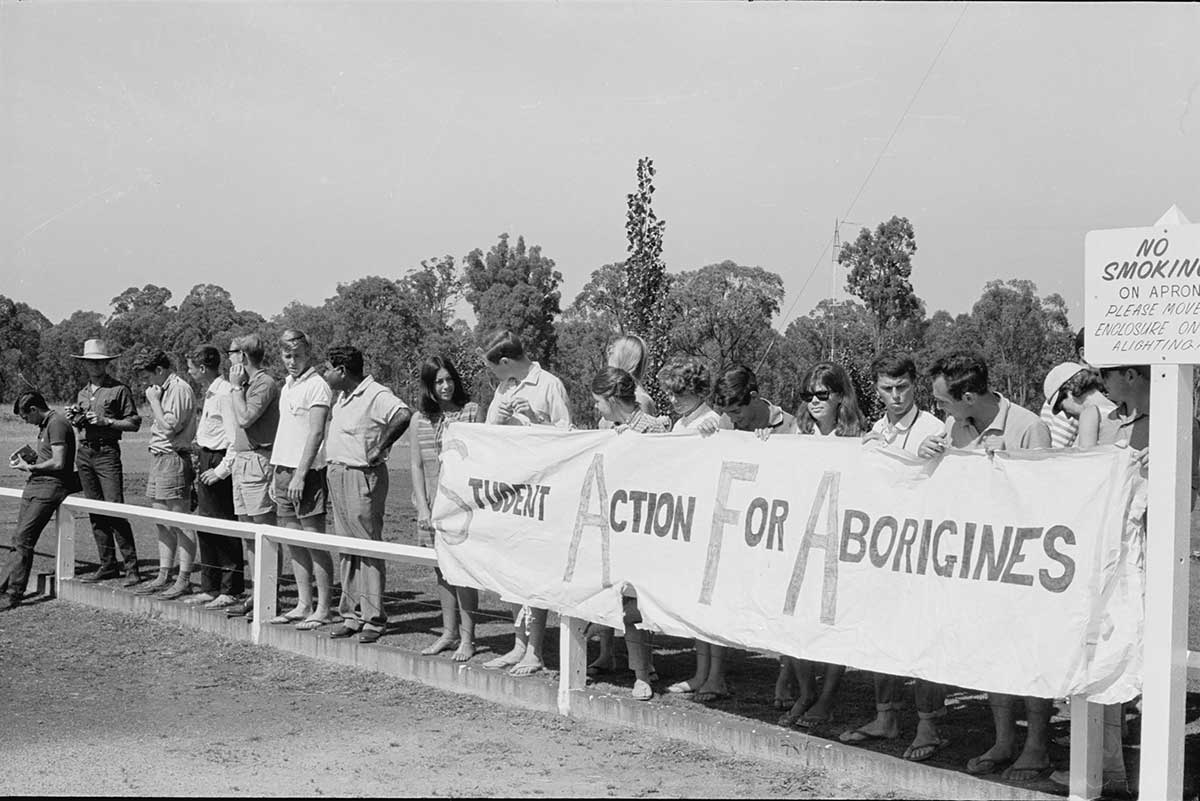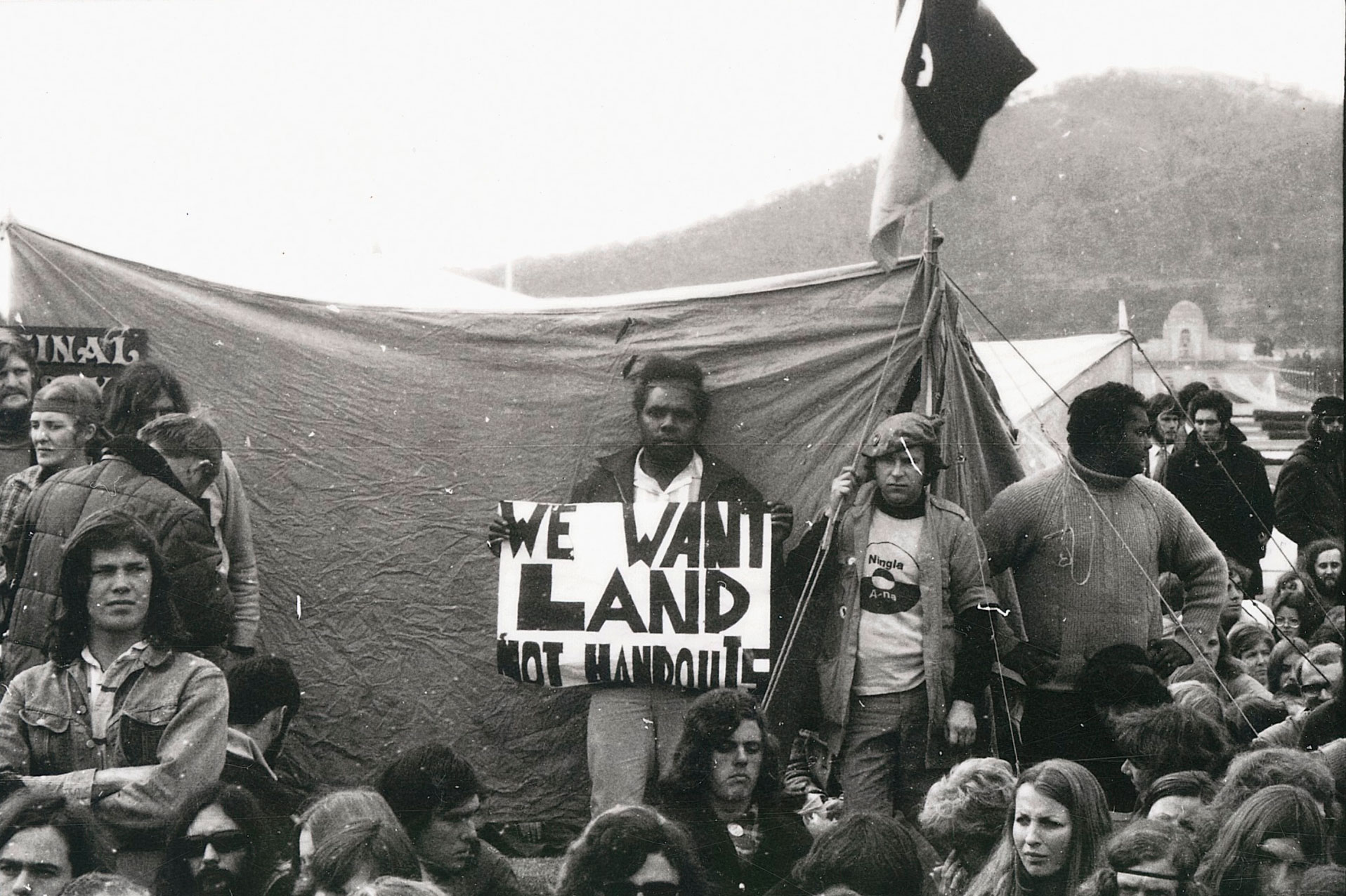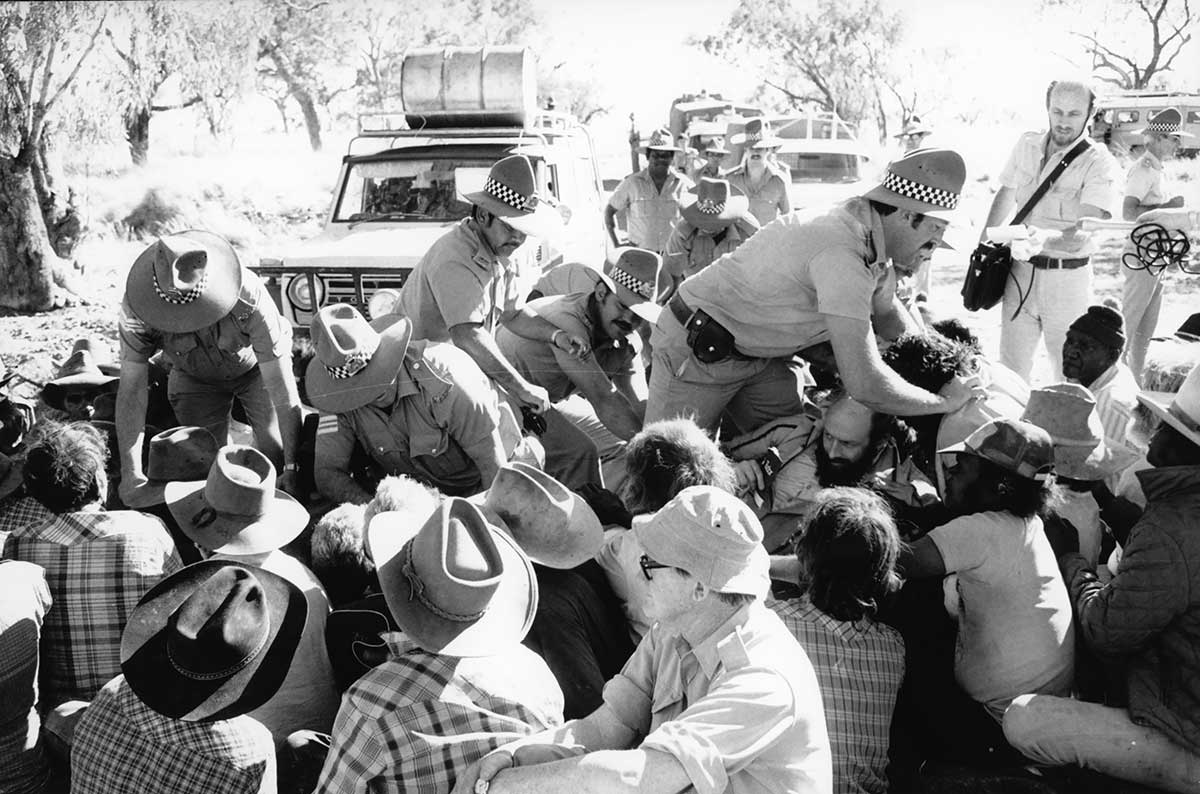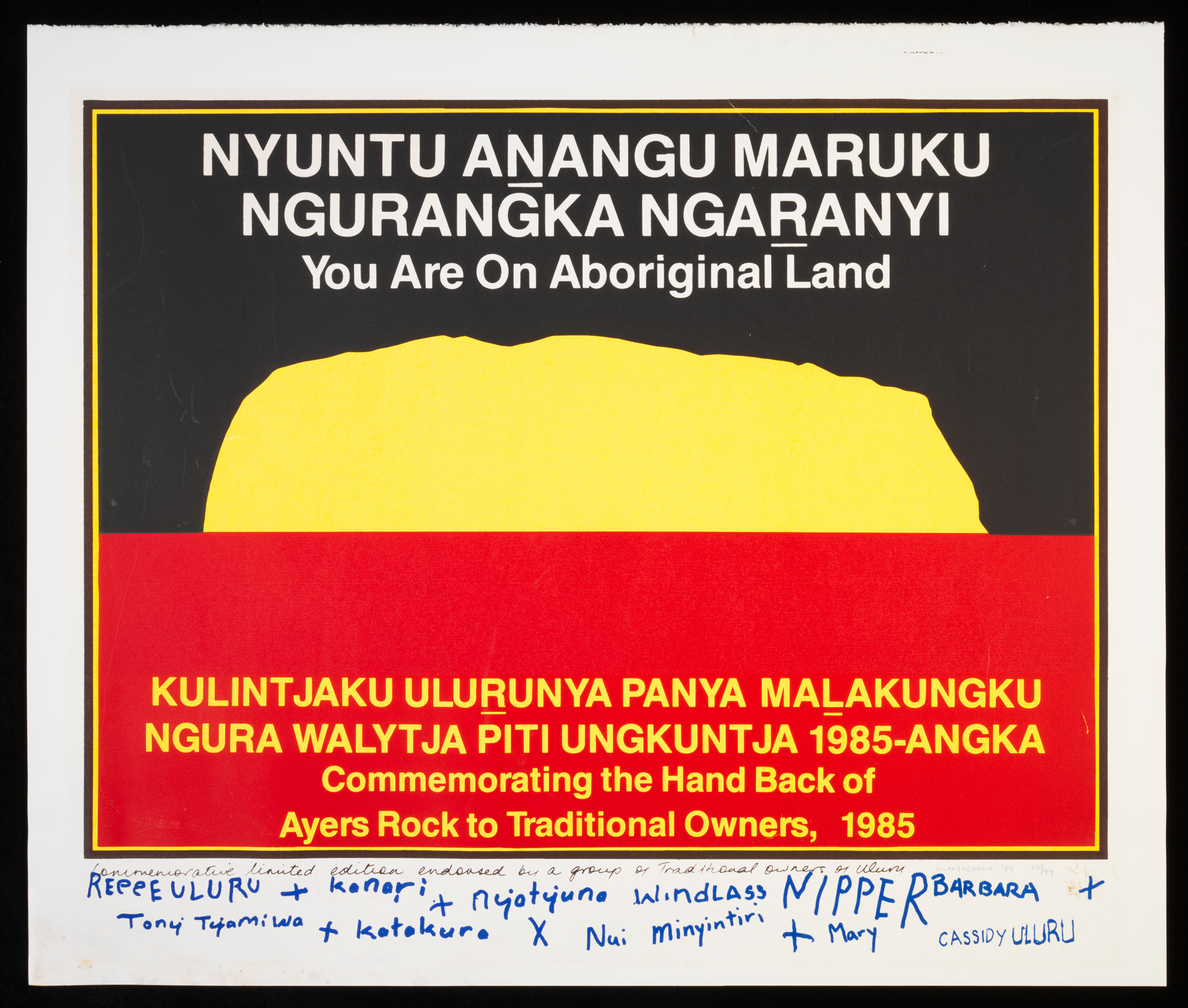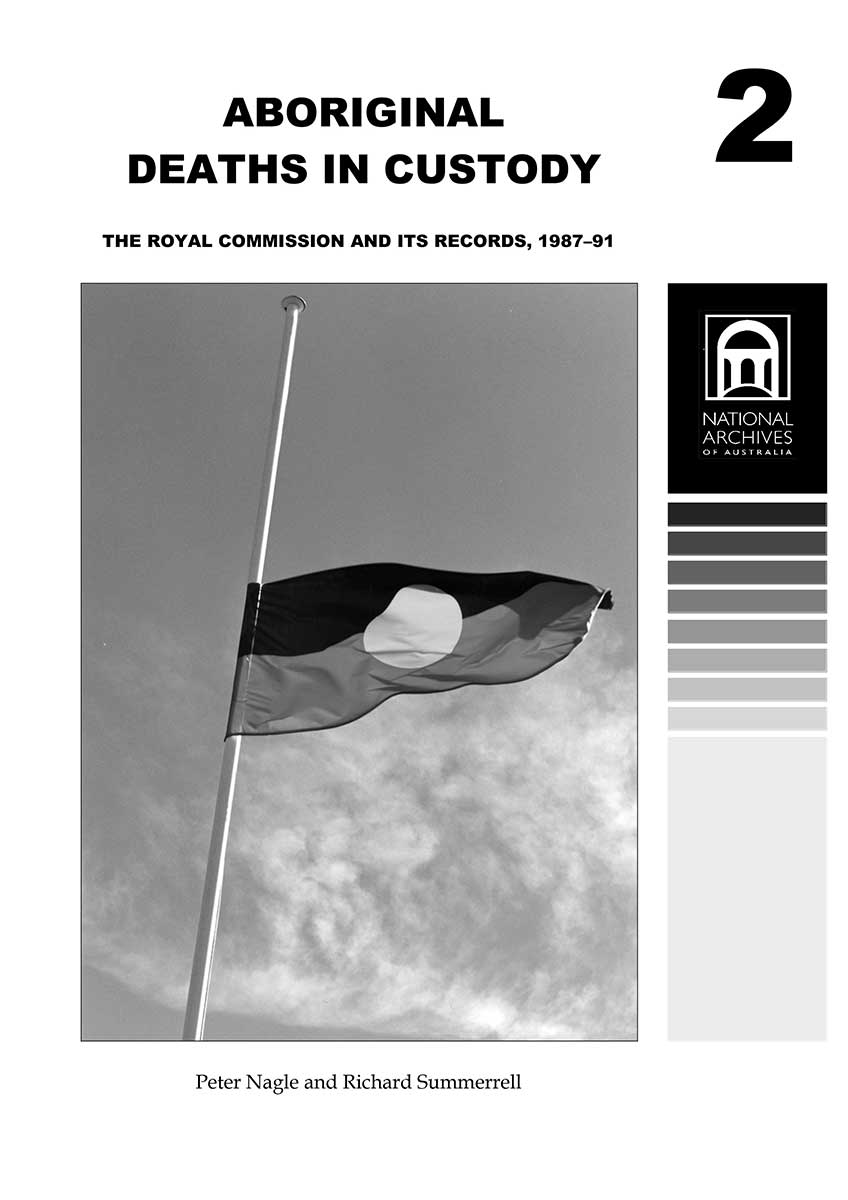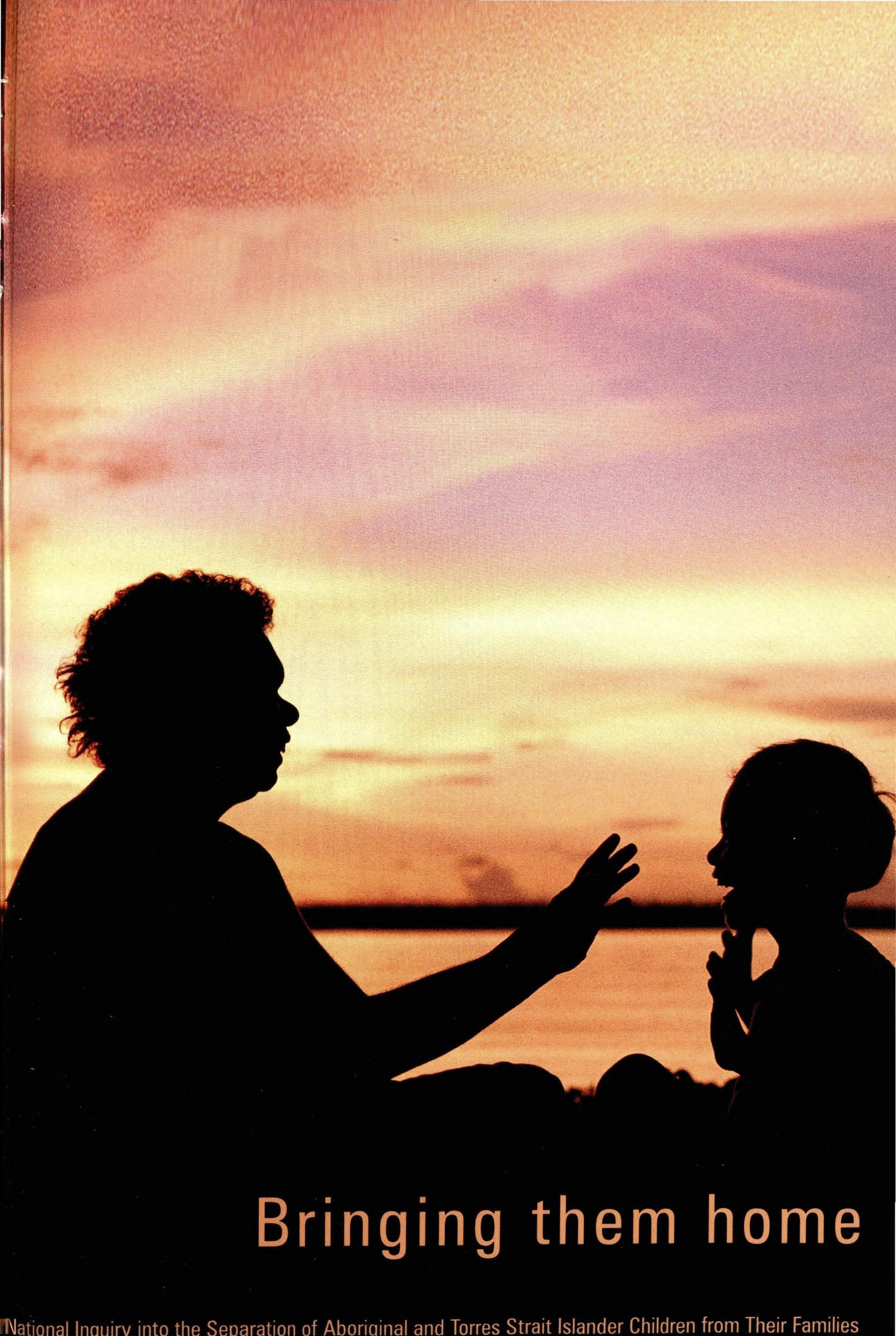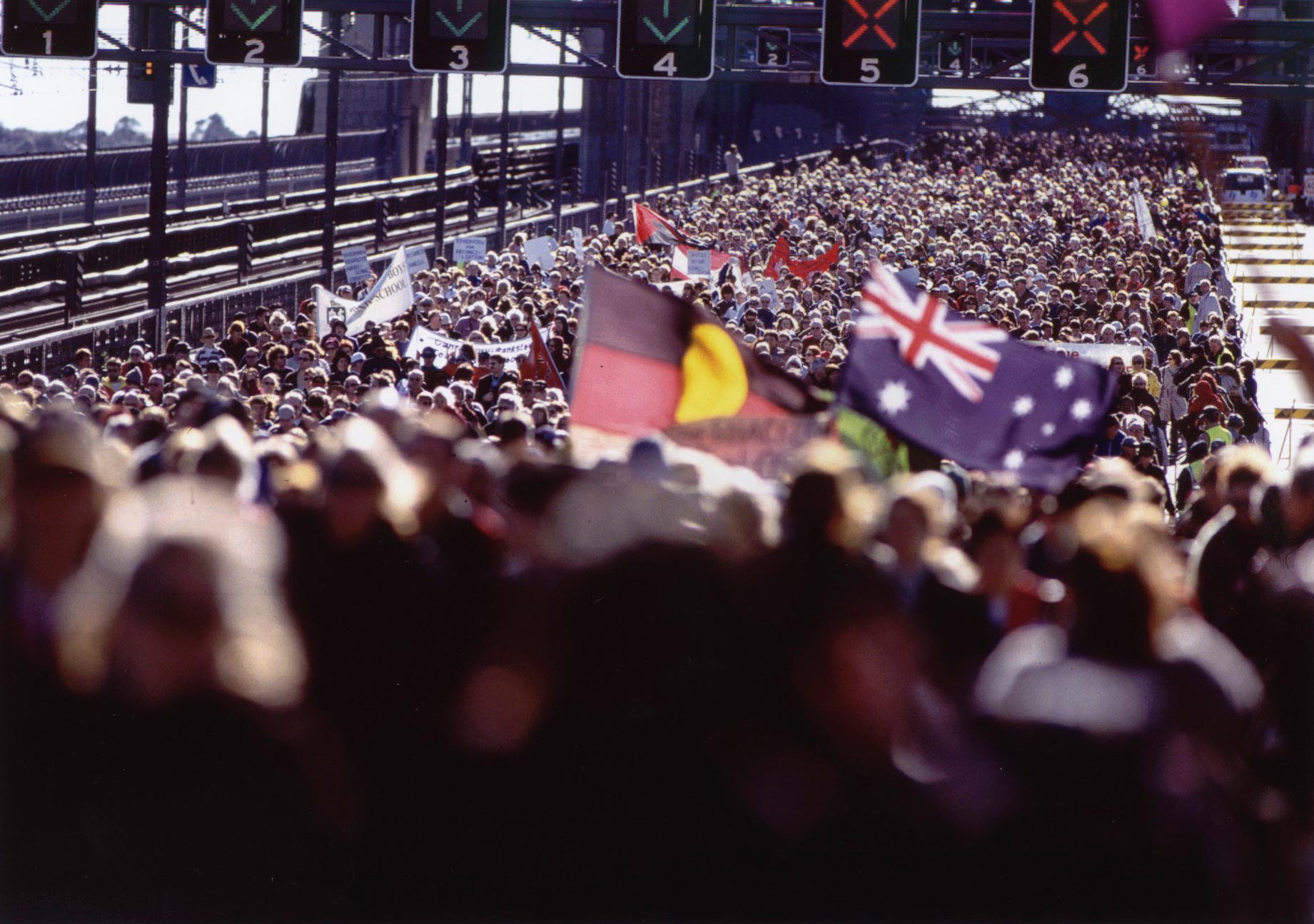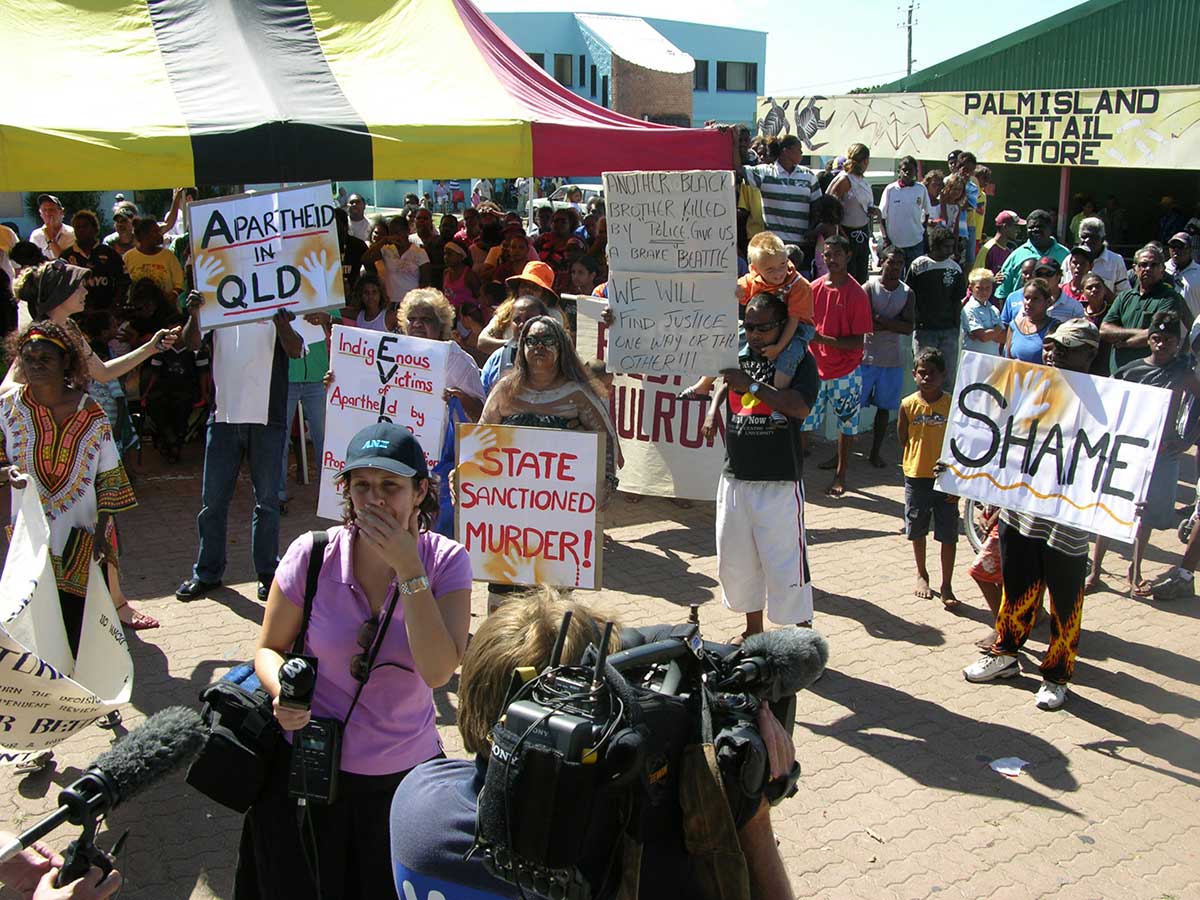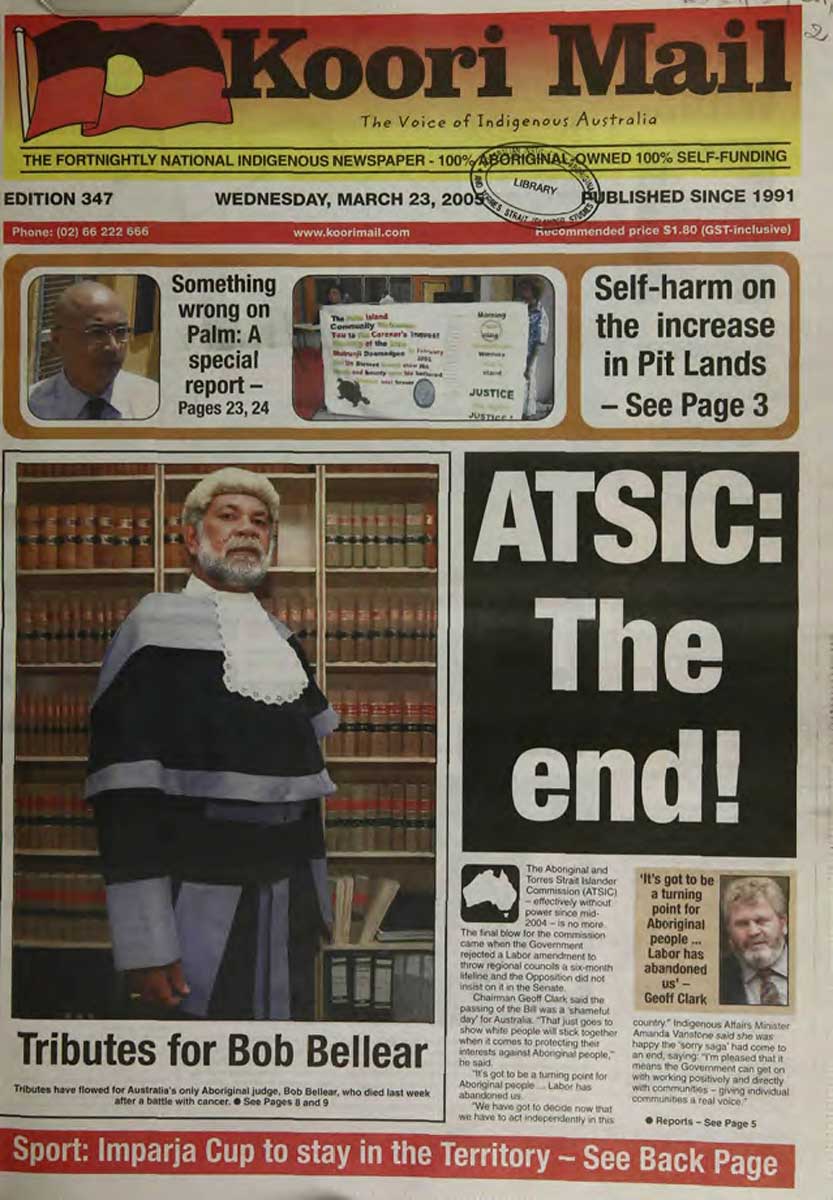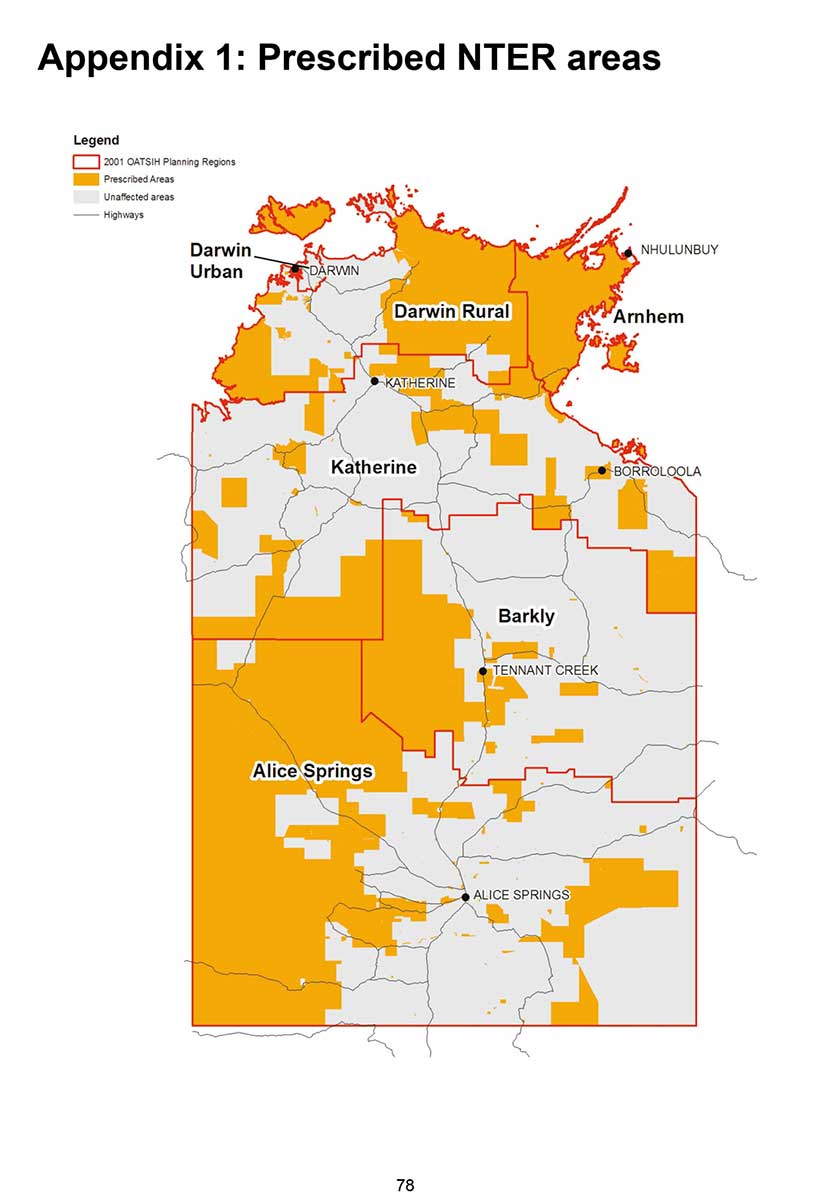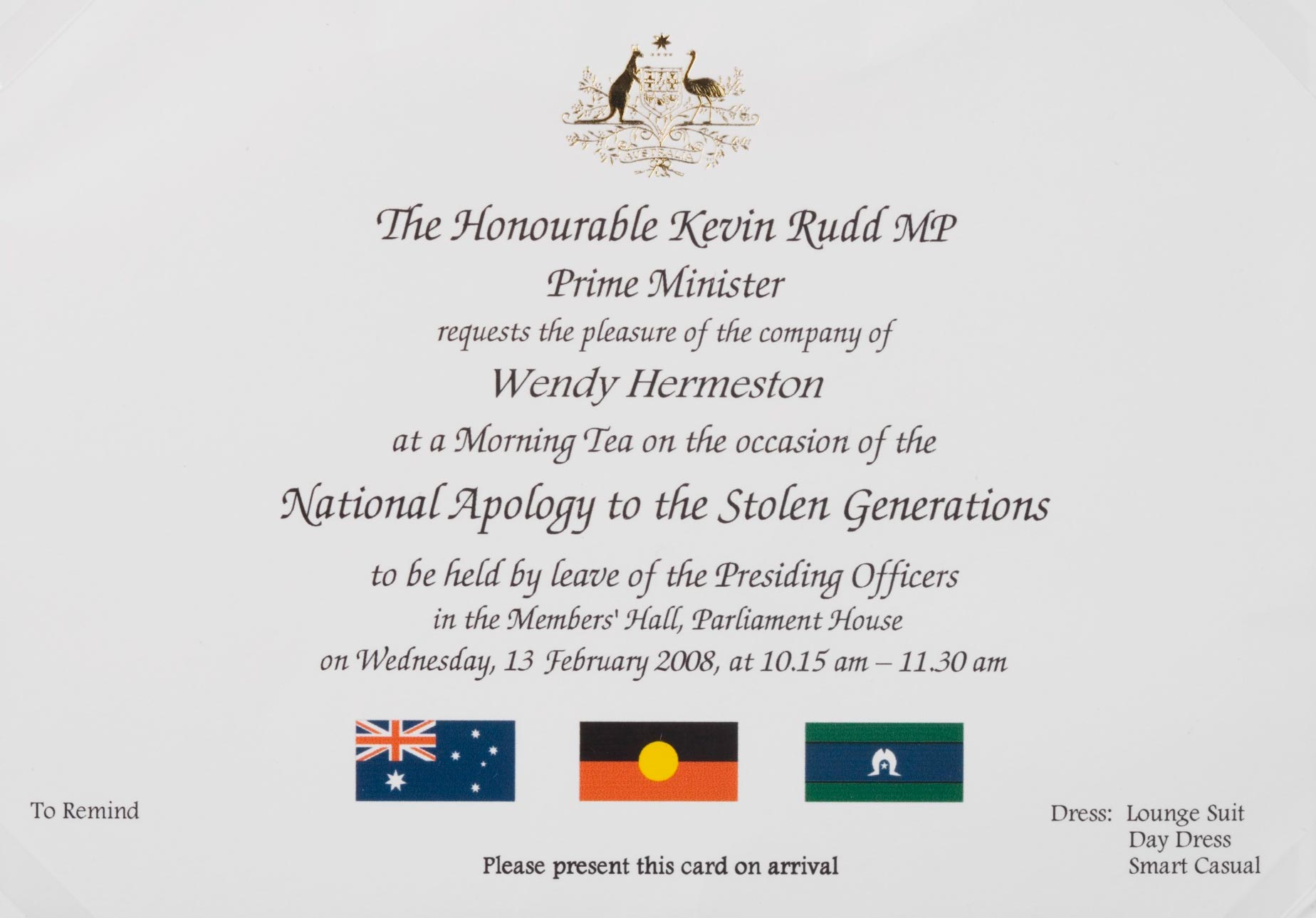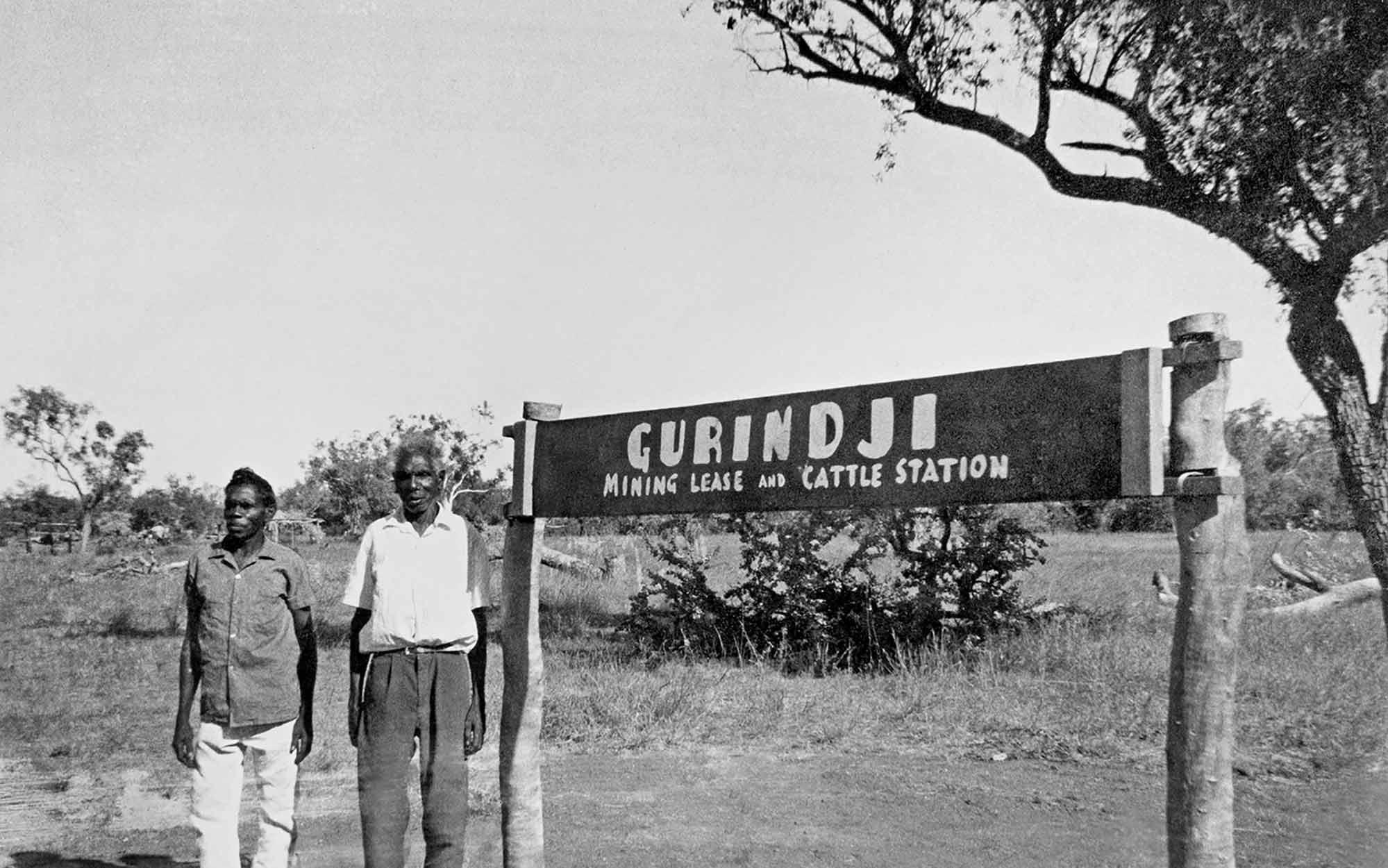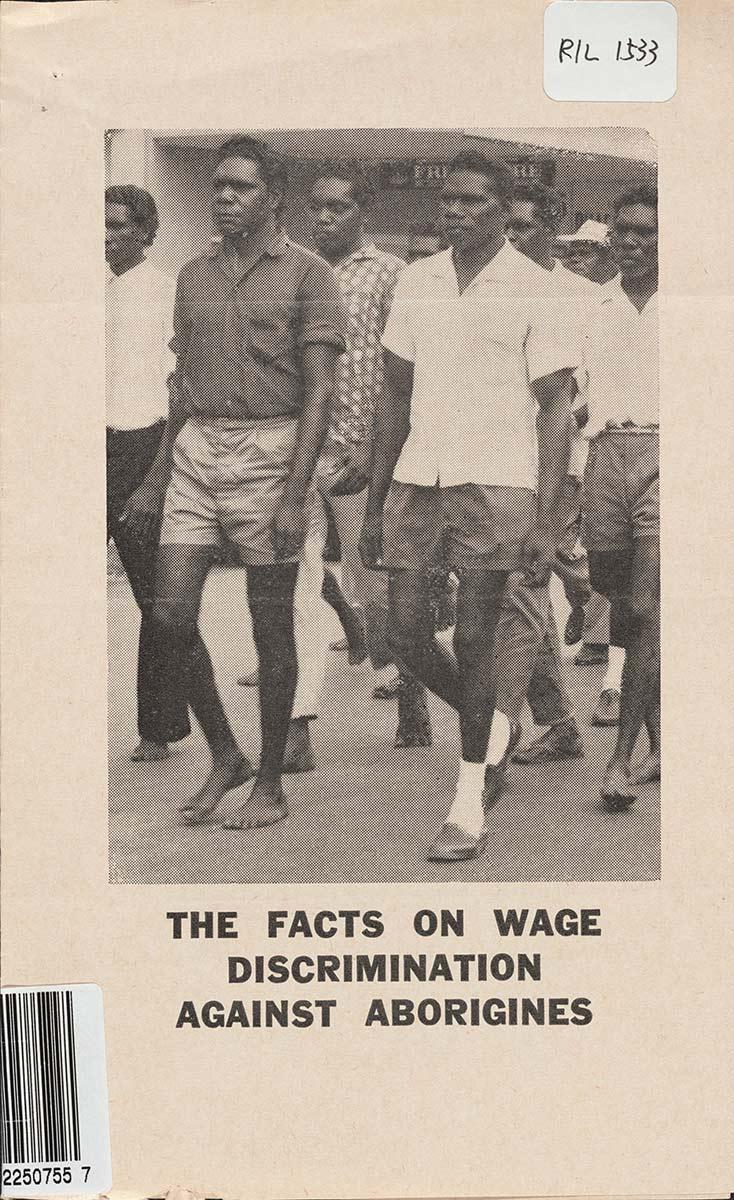Learning module:
Rights and freedoms Defining Moments, 1945–present
Investigation 1: Exploring Aboriginal and Torres Strait Islander rights through key Defining Moments
1.10 1967 Indigenous referendum
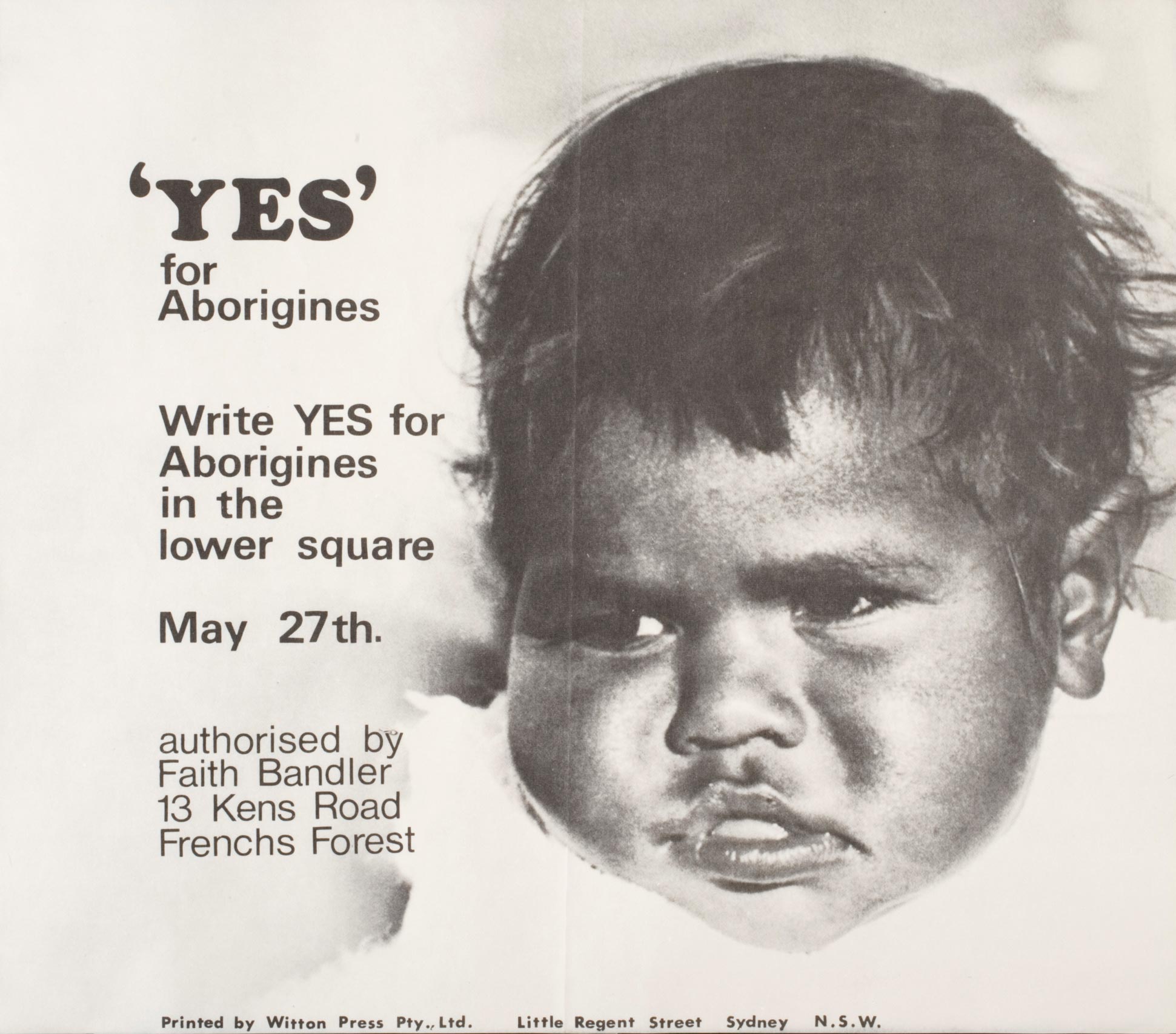
It is 1967.
Aboriginal and Torres Strait Islander people are citizens, can vote and are as entitled to government pensions as all other Australians.
But they are not formally counted in census returns, and the Australian Government does not have the power to make laws for their benefit.
Aboriginal and Torres Strait Islander Australians are subject to individual state controls and laws, rather than uniform national ones, and in several cases the states are not legislating for the benefit of their Aboriginal and Torres Strait Islander inhabitants.
To change this situation there needs to be a change to the Constitution, by a referendum, a national vote.
Australian voters rarely pass referendums to change the Constitution. Will they respond to the arguments that a change is needed to improve the equality, status and wellbeing of Aboriginal and Torres Strait Islander people through national efforts, or will they reject those claims?
Read the information in the Defining Moment in Australian history: 1967 Indigenous referendum and answer the questions that follow.
1. What references did the Australian Constitution make to Aboriginal and Torres Strait Islander people before the referendum?
2. Why was there a demand to change these areas of the Constitution?
3. Who was involved in the campaign for change?
4. What would a change in the Constitution mean for the power of the Australian Government to legislate for Aboriginal and Torres Strait Islander Australians?
5. Why did a referendum need to be held?
6. What was the result?
7. What else changed as a result of the referendum?
8. What was the significance of the Indigenous Referendum for Aboriginal and Torres Strait Islander people’s rights?
9. How would this event have influenced the development of Aboriginal and Torres Strait Islander people’s rights over time?






